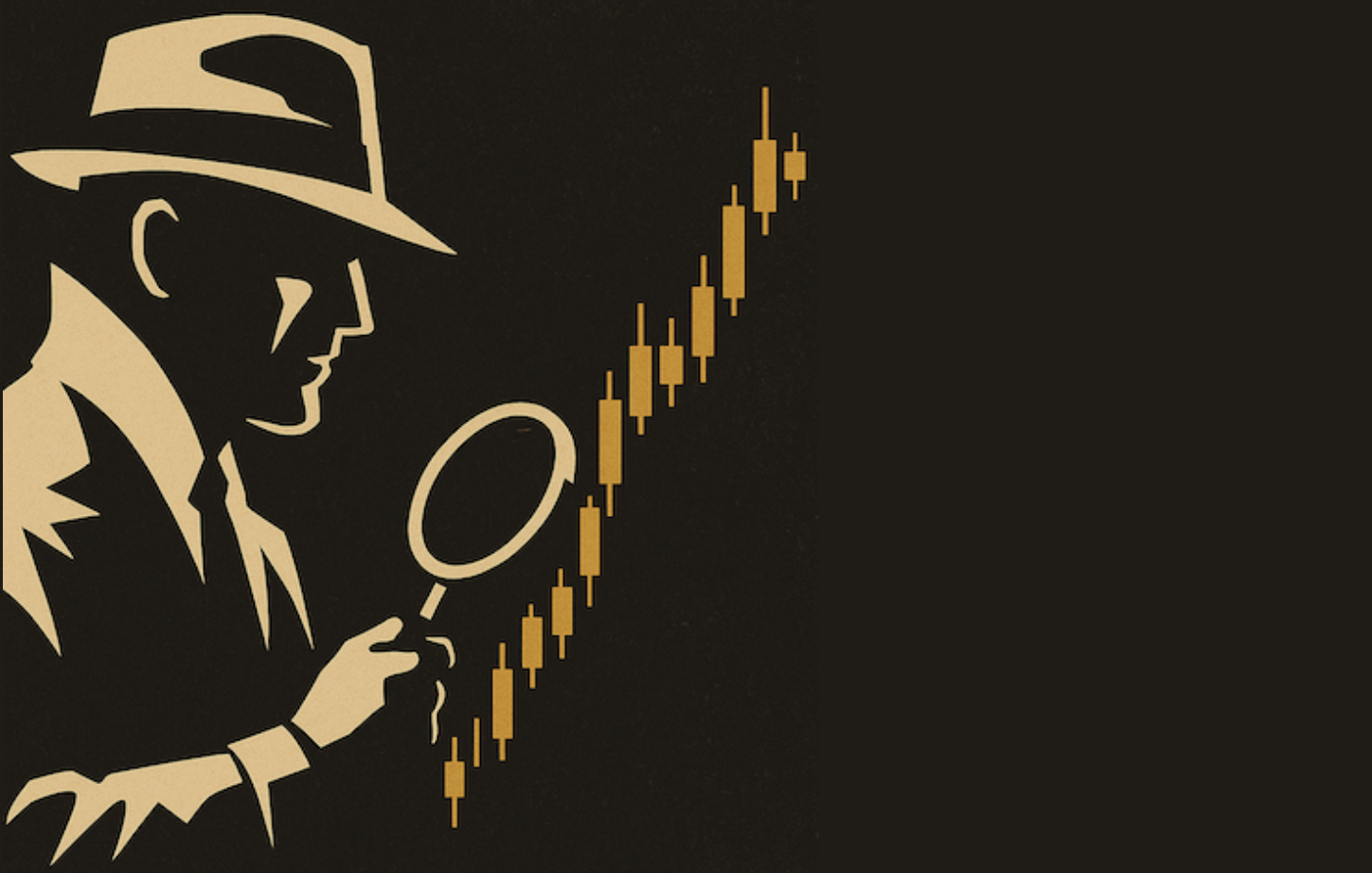NIKKEI 225 REACHES FOUR YEAR HIGH AS YEN HITS THREE YEAR LOW -- JAPAN ISHARES LAG BEHIND NIKKEI BECAUSE OF FALLING YEN -- WISDOMTREE FUND OFFERS A WAY TO HEDGE JAPANESE STOCKS AGAINST A WEAKER YEN
JAPAN STOCK INDEX REACHES FOUR YEAR HIGH ... Previous messages have written about the strong upturn in Japanese stocks resulting largely from a tumble in the Japanese yen. The weekly bars in Chart 1 show the Nikkei 225 Index trading above its early 2010 peak to reach the highest level since 2008. From a charting standpoint, the chart looks like a bottom has been completed in the Japanese stock market. The solid matter below Chart 2 shows Japanese stocks outerpforming the Dow Jones World Stock Index for the first time in four years. The export-oriented Japanese economy (and its stocks) are getting a huge boost from the yen which has fallen to the lowest level in nearly three years. The monthly bars in Chart 2 show the Japanese yen tumbling to the lowest level since early 2010. There's some chart support along 105 level which also represents a 50% retracement of its 2007/2011 price advance. More significant support is likely near 100 which represents the rally highs reached during 1999 and 2004 (see trendline). That would also represent a 62% retracment of the previous bull run. If this truly represents a major top in the yen, that would have longer-range bullish implications for Japanese stocks. For American investors, however, the tumbling yen poses a potential problem. That's because Japanese stock gains are being largely offset by a tumbling yen. That's why Japanese iShares are lagging so far behind the Nikkei.

(click to view a live version of this chart)
Chart 1

(click to view a live version of this chart)
Chart 2
JAPAN ISHARES LAG WAY BEHIND NIKKEI ... Chart 3 compares the Nikkie 225 to Japanese iShares (solid matter) over the last two years. They trend in the same direction, but not by the same amount. Since October, for example, the Nikkei has gained 30% versus only 11% for the iShares. In addition, the iShares are just now breaking through their 2012 highs. The reason for their discrepancy is the plunge in the Japanese yen. Since October, the yen has tumbled -16%. When the yen is falling, the Nikkei (which is quoted in a weaker yen) rises faster than the EWJ which is quoted in a stronger U.S. dollar. As a result, American investors are being rewarded by rising Japanese stocks, but penalized by a falling yen. There's at least one way to get around that problem.

(click to view a live version of this chart)
Chart 3
WISDOM TREE JAPAN HEDGED EQUITY FUND ... The Wisdom Tree Japan Hedged Equity Fund (DXJ) is designed the track the performance of the Japanese stock market without the effect of currency fluctuations. It does that by hedging out exposure to the falling yen. Chart 4 shows the DXJ trading at a four-year high, just like the Nikkei. It has also gained 30% since October, which matches the Nikkie gain and far outpacing the EWJ gain of 11%. If you're going to invest in Japan (which isn't a bad idea), try to find a way to protect yourself against a falling yen.

(click to view a live version of this chart)
Chart 4
EAFE ISHARES ARE ANOTHER WAY TO PLAY JAPAN... Another way for American investors to invest in Japan is through EAFE iShares. Japan is the second biggest weighing (20%) in that index of foreign developed markets (second only to Britain's 22%). Other foreign weightings are much smaller. The weekly bars in Chart 5 compare EAFE iShares (EFA) to its two biggest holdings. Since October, the EAFE has risen 10% versus 30% for the Nikkei (top of chart). The weekly bars show EAFE iShares in the process of testing chart resistance along its 2011 high. That's a logical spot to expect some short-term profit-taking. The red line below Chart 5 shows the British FTSE Index having cleared that high. Its 8% gain since October has lagged behind the EFA. Another thing the EFA has going for it is that it's quoted in U.S. dollars which have fallen against the Euro.

(click to view a live version of this chart)
Chart 5
CLOSE LINK BETWEEN JAPANESE STOCKS AND US RATES... My 2013 book "Trading with Intermarket Analysis" showed a link between falling Japanese stocks and U.S. bond yields since 1990. In my view, that was due to the deflationary cycle that started in Japan during that decade. Japan formally entered a deflation during 1998 which has lasted for fifteen years. During that deflationary cycle, bonds did much better than stocks which is typical during deflation. Fed attempts to battle that deflation encouraged it to weaken the dollar (to reflate the U.S. economy) and keep bond yields at historically low levels. Chart 6 shows a remarkably close correlation between the Nikkei 225 and 10-Year Treasury bond yield since 2000. That's not surprising considering that Japan (the world's third largest economy) has also been the chief exporter of interest rate deflation. That's why I've suggested lately that new signs of life in Japanese stocks (and a very serious attempt by its central bank to weaken the yen) may be hinting that Japan's deflationary environment is losing its grip on the global economy. That would suggest a number of things. A more reflationary world would result in higher interest rates. That would be bad for bond holders, and Treasuries in particular. Falling bond prices would force bond holders into stocks (and, to a lesser extent, commodities). Finally, a weaker yen is suggesting that Japan may become a much better place for global investors.

(click to view a live version of this chart)
Chart 6
DOLLAR BOUNCES ON FALLING EURO ... Last Thursday's message showed the PowerShares Dollar Bullish Fund (UUP) threatening a bearish breakdown. So far that hasn't happened. The daily bars in Chart 7 shows the UUP holding support aslong its fourth quarter lows late last week, and rebounding this week. In fact, the UUP is rallying above its (blue) 50-day average for the first time in a month. Most of its strength is coming from a falling Euro. Chart 8 shows the Euro falling sharply today. Its 14-day RSI line (above chart) shows the Euro falling back from an overbought condition over 70. A pullback in the Euro and dollar bounce is causing some profit-taking in global stocks and commodities, and some nibbling at oversold bond prices.

(click to view a live version of this chart)
Chart 7











